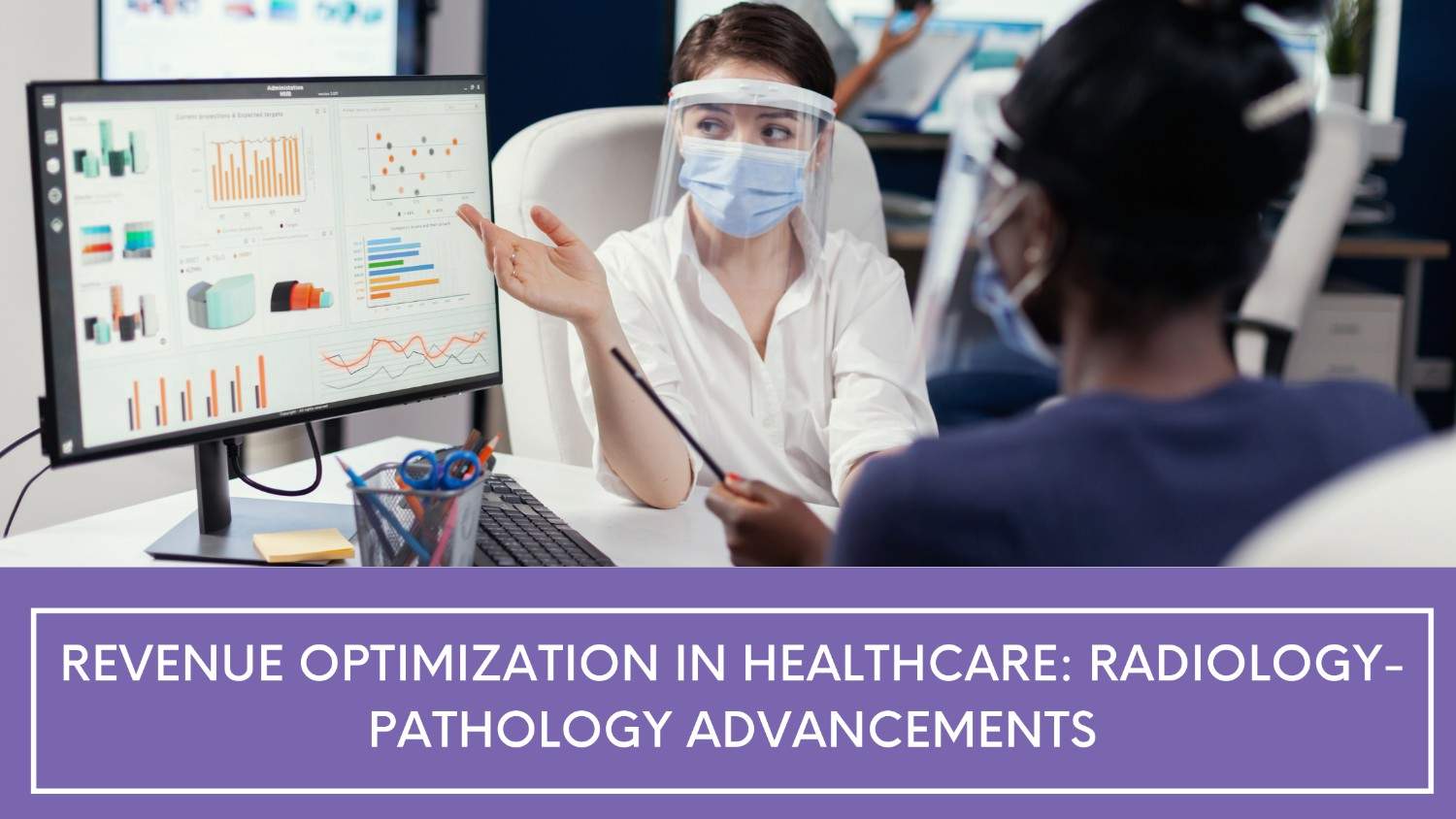Radiology-Pathology Integration: Advancing Diagnostic Accuracy and Revenue Optimization in Healthcare
In today’s rapidly evolving healthcare landscape, the integration of radiology-pathology has emerged as a pivotal strategy for enhancing diagnostic accuracy and treatment planning. By fostering multidisciplinary collaboration between radiologists and pathologists, healthcare providers can synchronize imaging findings with tissue diagnoses, resulting in a more comprehensive understanding of patient conditions. This integrated approach not only improves patient outcomes but also has significant implications for revenue cycle management (RCM), ensuring that clinics and doctors can optimize their financial operations while providing innovative diagnostic services.
Table of Contents
The Imperative of Radiology-Pathology Integration
Radiology and pathology, though distinct disciplines, are inherently complementary. Radiology focuses on diagnosing diseases through imaging techniques such as X-rays, CT scans, and MRIs, while pathology involves the examination of cells and tissues to determine the nature and cause of diseases. Integrating these two fields enables healthcare providers to correlate imaging findings with histopathological data, providing a holistic view of a patient’s health condition. This collaborative approach is crucial for accurately diagnosing complex cases, determining the extent of disease progression, and personalizing treatment plans.
Recent studies underscore the benefits of this integration, with evidence suggesting that it can lead to a 30% increase in diagnostic accuracy for complex diseases. Such improvements highlight the importance of a multidisciplinary strategy in modern healthcare, where radiologists and pathologists work together to achieve more precise and informed patient care.
Advancing Diagnostic Accuracy and Treatment Planning
Enhanced Diagnostic Precision
The integration of radiology and pathology significantly enhances diagnostic precision by combining the expertise of radiologists with the microscopic insights of pathologists. For example, in breast cancer diagnosis, radiologists can identify suspicious lesions on mammograms, while pathologists confirm the diagnosis by examining biopsy samples. This collaborative approach minimizes the risk of misdiagnosis and ensures that patients receive accurate and timely treatment.
Improved Treatment Planning
Integrated reports from radiologists and pathologists provide a comprehensive perspective on a patient’s disease, which is essential for developing effective treatment plans. In oncology, for instance, the combination of imaging findings and histopathological data aids in accurately staging cancers and determining the most appropriate treatment modalities, whether it be surgery, radiation, or chemotherapy.
Efficiency and Resource Optimization
Multidisciplinary collaboration streamlines diagnostic processes by reducing redundant procedures and tasks, saving time and resources. For healthcare providers, this translates into cost savings, as fewer diagnostic errors occur, eliminating unnecessary treatments. Moreover, integrated systems optimize the use of medical equipment and personnel, enhancing healthcare delivery and reducing the overall burden on healthcare systems.
The Role of RCM in Supporting Integration
For successful integration of radiology and pathology, effective revenue cycle management is crucial. Adequate insurance reimbursement and streamlined billing processes ensure that patients have access to advanced diagnostic services without financial barriers. RCM plays a key role in managing billing workflows and insurance claims, supporting the financial sustainability of integrated diagnostic services.
Billing Accuracy and Claims Management
Integrated diagnostics can improve billing accuracy by ensuring that all services provided are accurately documented and coded. This reduces the risk of claim denials and improves the likelihood of timely reimbursements. By leveraging advanced RCM solutions, healthcare providers can optimize their billing processes and enhance cash flow.
Compliance and Reimbursement Structures
RCM is instrumental in ensuring compliance with healthcare regulations and reimbursement structures. Integrated diagnostics must adhere to specific billing codes and guidelines to qualify for reimbursement. RCM companies like Practolytics provide expertise in navigating these complexities, ensuring that healthcare providers receive maximum reimbursements for their services.
Overcoming Barriers to Integration
Despite its benefits, achieving effective radiology-pathology integration faces several challenges. One significant barrier is the traditional separation of these disciplines within healthcare infrastructure, resulting in siloed workflows and information gaps. Institutional barriers, such as differences in departmental priorities, budget constraints, and inconsistent protocols for data sharing, further complicate integration efforts.
Strategies for Overcoming Challenges
To overcome these challenges, healthcare organizations can adopt innovative solutions and best practices. Establishing multidisciplinary teams and tumor boards that meet regularly to discuss patient cases fosters collaboration and ensures comprehensive care. Additionally, implementing digital platforms that facilitate real-time data exchange and communication between radiologists and pathologists enhances integration efforts.
Policy recommendations include investing in IT infrastructure and training programs that promote a collaborative environment. Advocacy efforts should also focus on regulatory changes that support integrated diagnostic workflows and reimbursement structures, ensuring that healthcare providers can offer seamless and coordinated services.
The Future of Radiology-Pathology Integration
Advancements in technology continue to drive the potential for further enhancing radiology-pathology collaboration. Developments in artificial intelligence (AI) and machine learning can assist in the automated analysis of histopathological and imaging data, providing decision support and identifying patterns that may be overlooked by human experts. The emergence of comprehensive digital systems that integrate imaging and pathology data is another exciting trend, offering a unified view of patient information.
As these technologies mature, they are expected to streamline diagnostic workflows, improve precision, and ultimately lead to better patient outcomes. Future directions may include the use of virtual and augmented reality to facilitate virtual tumor boards, enabling more immersive and collaborative decision-making.
Conclusion
Integrating radiology and pathology is essential for improving diagnostic precision, treatment planning, and resource management in healthcare. For organizations to fully benefit from this collaboration, it is crucial to invest in and prioritize integration efforts, advanced technologies, and ongoing education. A key component of this process is choosing the right partner for revenue cycle management.
Practolytics offers comprehensive RCM services that streamline billing processes and manage insurance claims, allowing healthcare providers to focus on delivering high-quality patient care. By partnering with Practolytics, organizations can ensure efficient financial operations and support the seamless integration of radiology and pathology services. We encourage healthcare professionals to explore additional resources and training opportunities to stay at the forefront of this transformative healthcare strategy.
ALSO READ – Transforming Radiology with Patient-Centered Care: How Practolytics’ RCM Services Drive Success
Talk to Medical Billing Expert Today — Get a Free Demo Now!






